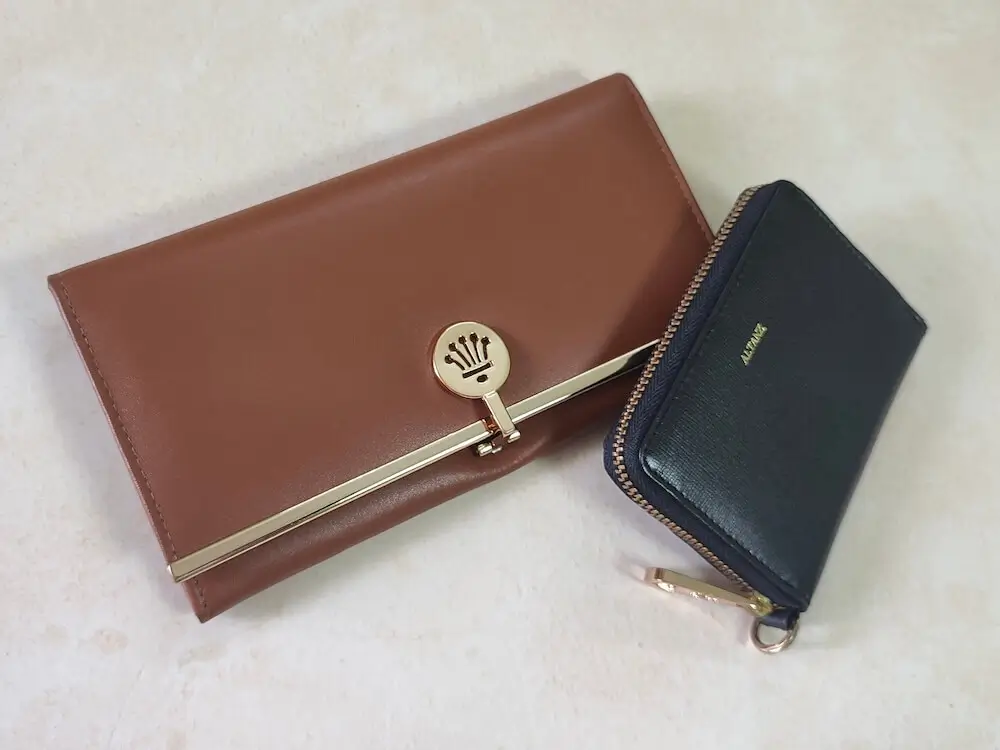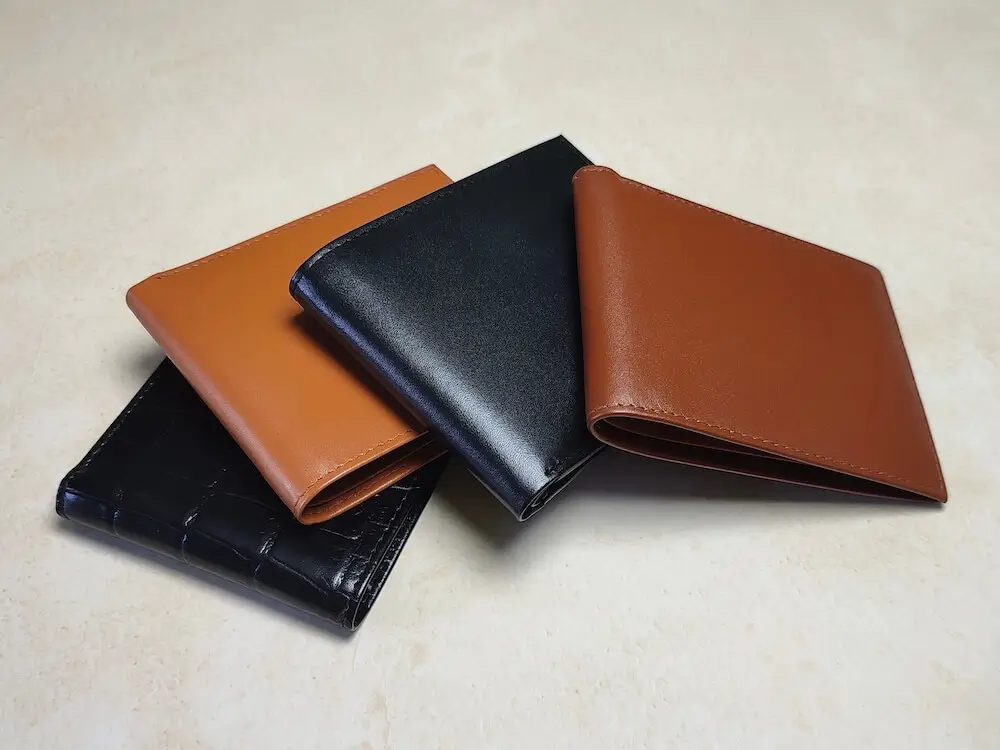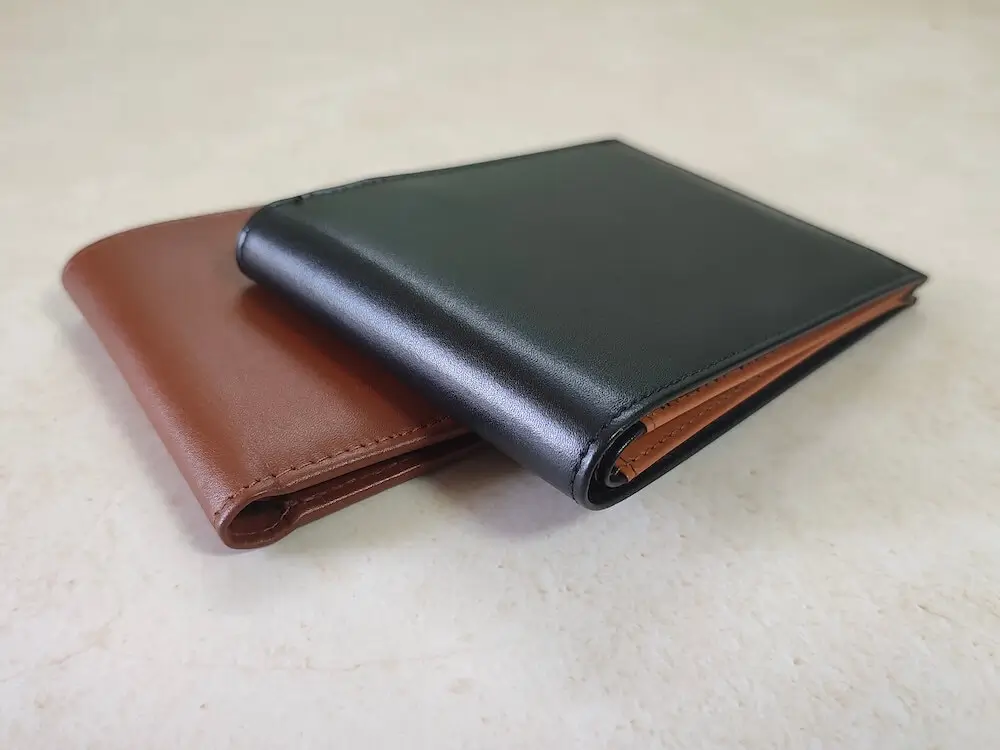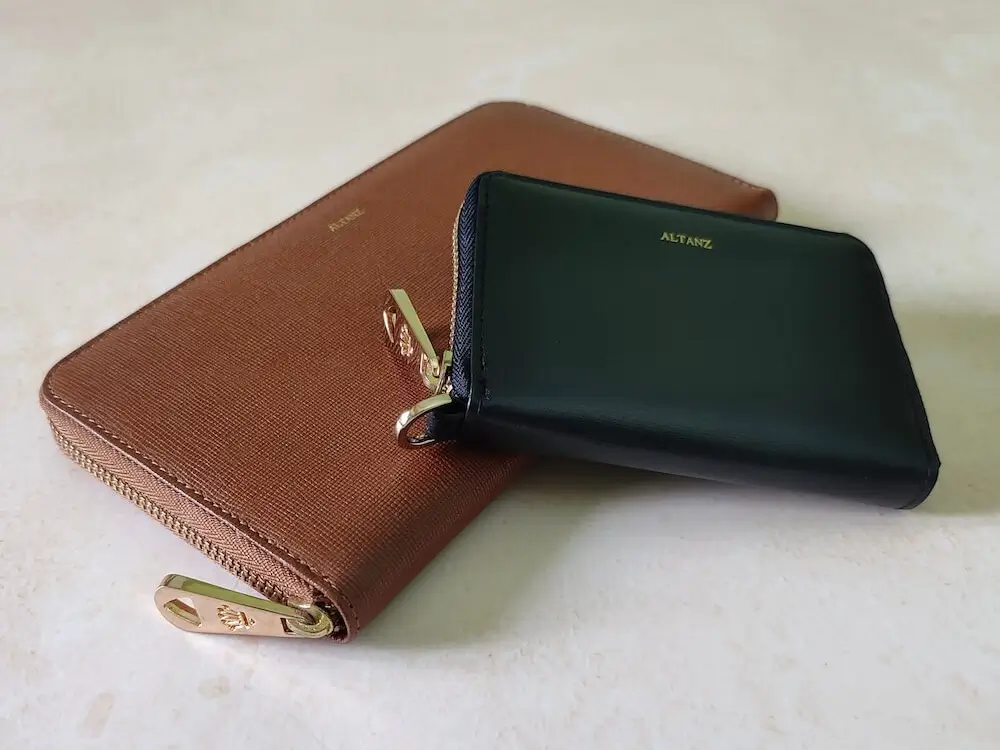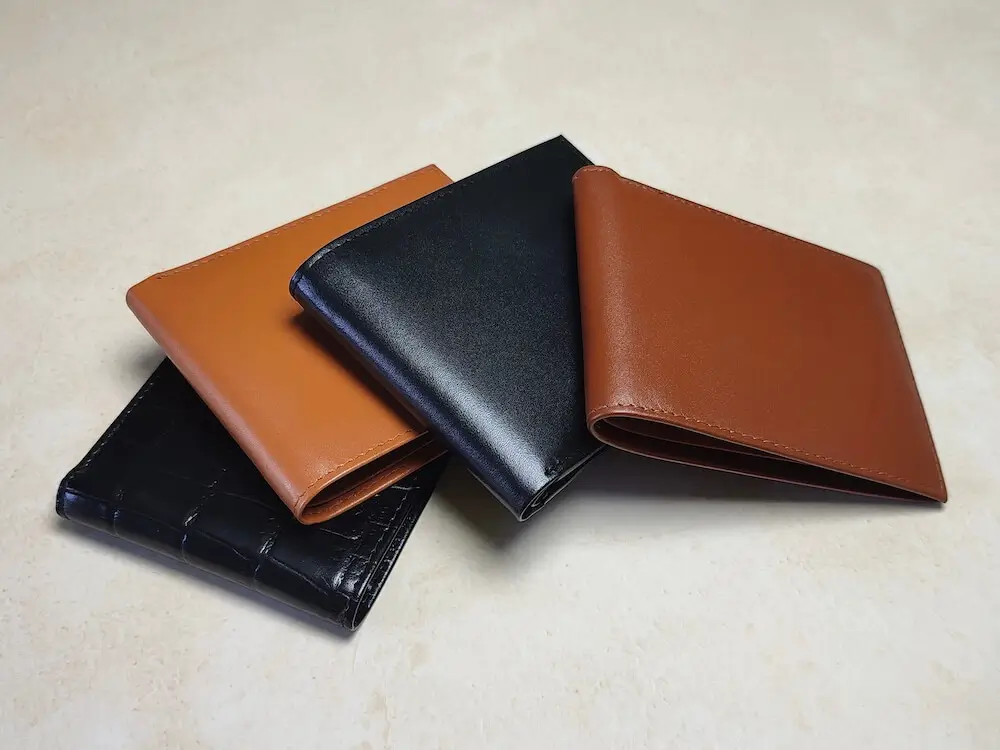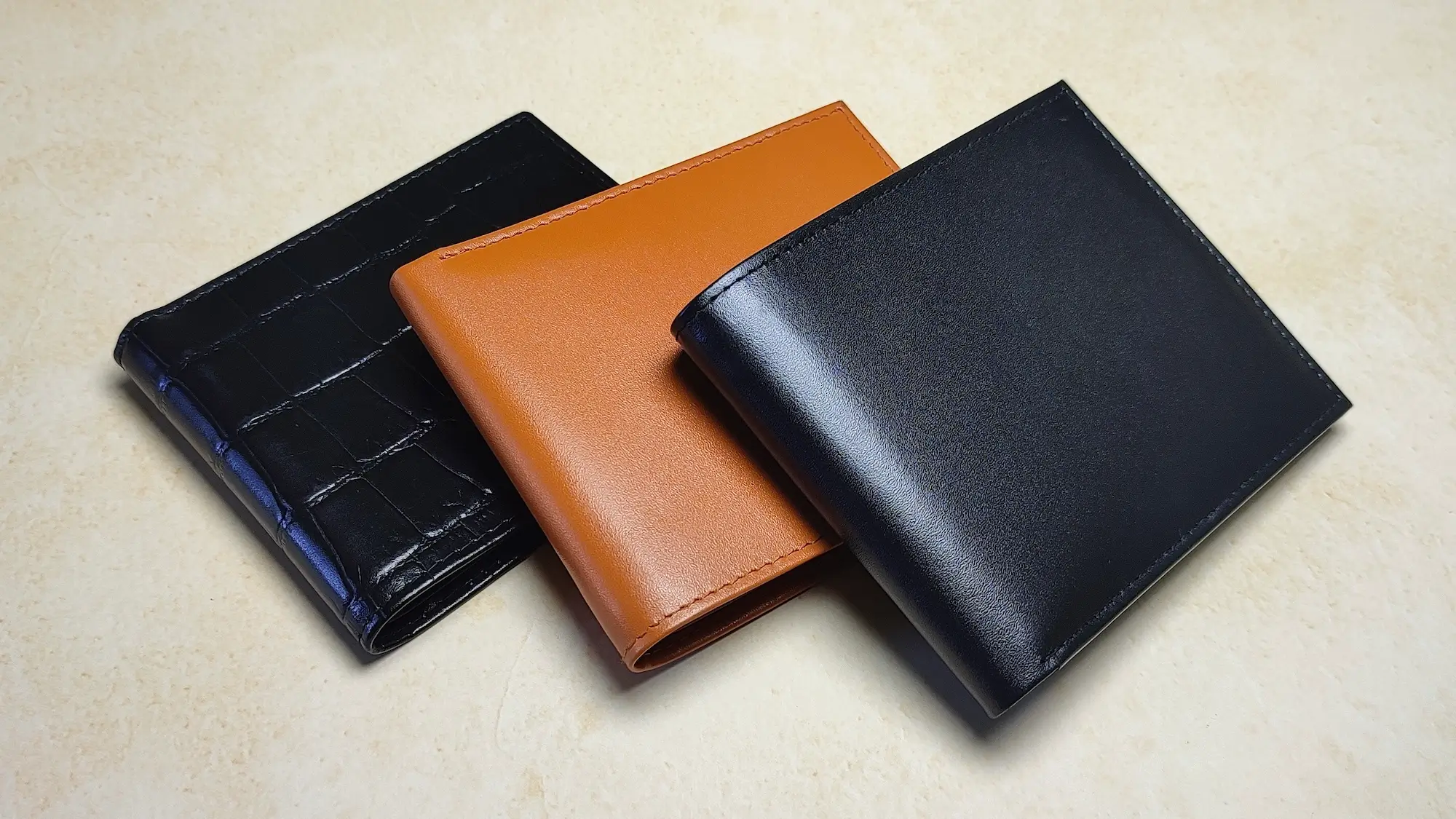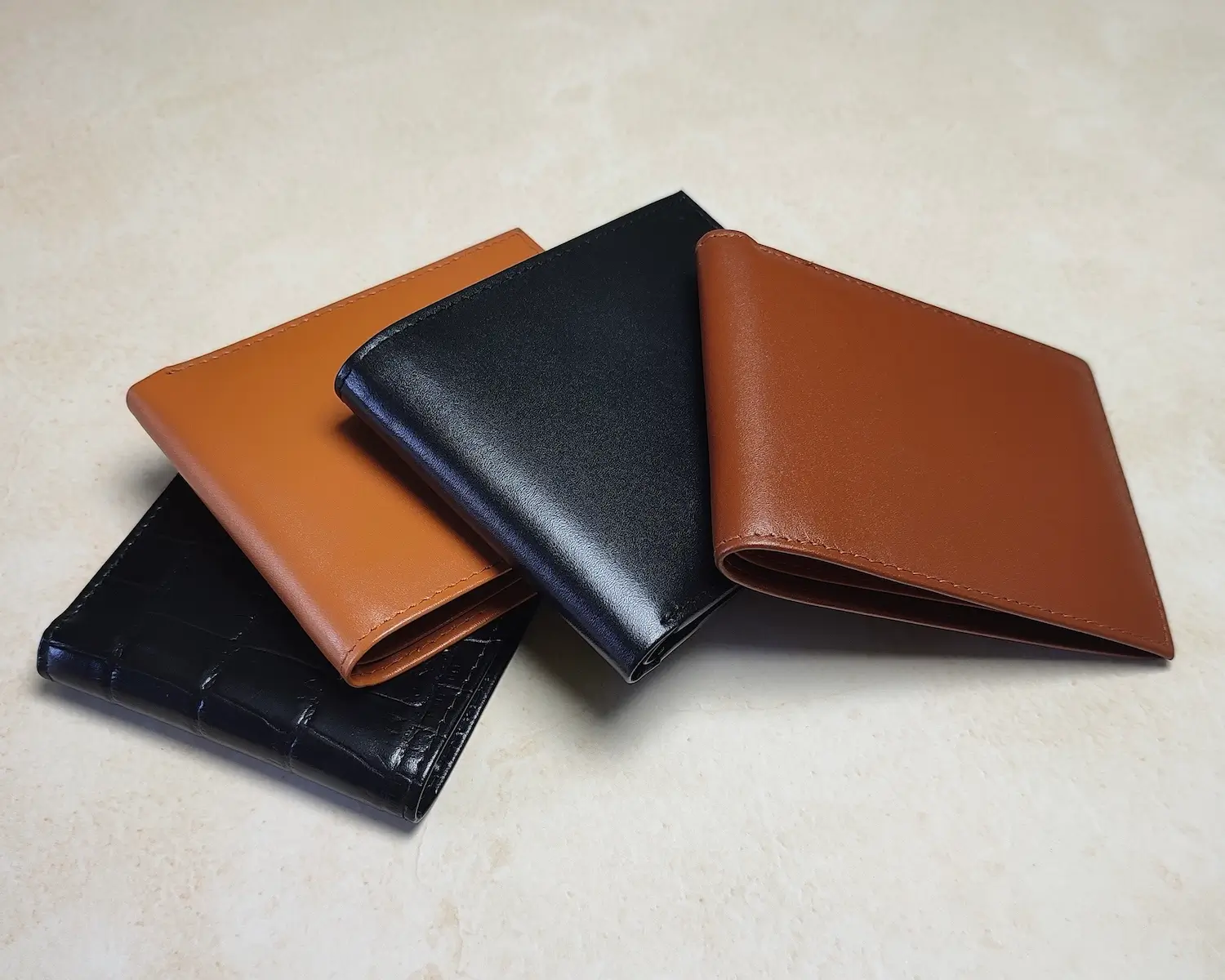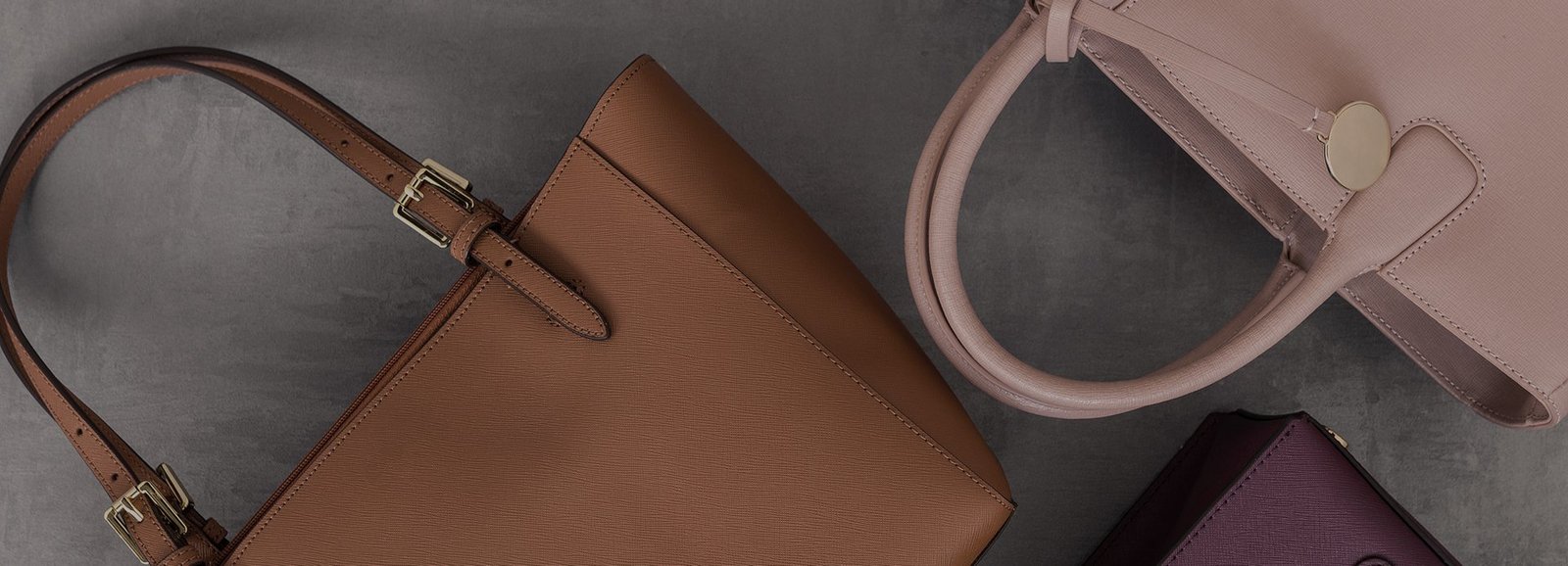Craftsmanship & Heritage
The Timeless History of Leather: A Story Almost as Old as Time
Introduction
Leather is one of humanity’s oldest materials, with a history that spans thousands of years. From its early use by prehistoric humans to its role in contemporary fashion, leather has stood the test of time, adapting to the needs and values of each era.
This article takes you on a journey through the fascinating history of leather and its profound impact on human civilization.
The Origins of Leather: Early Civilizations and Practical Uses
The story of leather begins with humanity’s earliest attempts to utilize nature’s resources for survival and comfort.
Prehistoric Leather Use
Long before written history, early humans recognized the utility of animal hides:
- Clothing and Shelter: Raw animal hides were used to create protective garments and coverings.
- Primitive Tools: Leather strips served as ties, bindings, and straps for rudimentary tools.
The process was simple: rawhide was scraped, dried, and used without further treatment, laying the foundation for future leathercraft.
Leather in Ancient Cultures
Ancient civilizations refined the use of leather, elevating it from survival material to a symbol of sophistication:
- Egyptians: Used leather for sandals, shields, and chariot harnesses, with hieroglyphs depicting its crafting.
- Mesopotamians: Perfected early tanning techniques and employed leather in their writing systems and decorative arts.
- Indus Valley: Archaeological evidence reveals leather production for tools, trade, and clothing.
Early Leather Craftsmanship
As societies advanced, so did leather processing techniques:
- Tanning Practices: Early methods involved natural agents like tree bark and animal fats to soften and preserve hides.
- Specialization: Leatherworking became a skilled trade, essential for creating durable goods like armor, footwear, and containers.
The Development of Leather Tanning Techniques
The evolution of tanning methods marked a turning point in leather production, enabling its widespread use across various industries.
Ancient Tanning Practices
Early tanners relied on natural materials to treat hides:
- Vegetable Tanning: A process using tannins derived from tree bark and plants.
- Animal Fats: Applied to soften leather and protect it from the elements.
These methods produced sturdy, long-lasting leather used in armor, footwear, and trade goods.
Medieval Leather Innovations
The Middle Ages saw a rise in leathercraft as an esteemed profession:
- European Guilds: Skilled artisans formed guilds to regulate quality and preserve tanning secrets.
- New Techniques: Introduction of oil tanning and dyeing expanded the versatility of leather.
- Applications: Leather was used for everything from saddles and scabbards to parchment for manuscripts.
The Industrial Revolution and Modern Tanning
The Industrial Revolution transformed leather production:
- Mechanization: Machines enabled mass production, making leather goods more accessible.
- Chrome Tanning: Invented in the 19th century, this method significantly sped up the tanning process, producing softer and more flexible leather.
- Global Trade: Advances in transportation facilitated the worldwide exchange of leather products and techniques.
Leather’s Role in Historical Societies
Leather was more than a practical material—it played a pivotal role in shaping societies and economies.
Leather in Warfare
Leather’s durability made it indispensable in battle:
- Armors and Shields: Lightweight yet strong, leather provided essential protection.
- Horse Tack: Saddles, bridles, and harnesses ensured mobility in warfare.
From Roman centurions to medieval knights, leather was a key component of military gear.
Leather in Commerce and Trade
The demand for leather established it as a valuable trade commodity:
- Silk Road Trade: Leather goods, particularly saddles and footwear, were highly prized along trade routes.
- Economic Significance: Leather production supported entire economies, with tanneries becoming central to urban centers.
Leather in Daily Life
Leather’s versatility extended to everyday items:
- Footwear: Durable and weather-resistant shoes were essential for travel and labor.
- Containers and Tools: Leather pouches, flasks, and straps served practical purposes.
The Cultural Significance of Leather
Beyond its practical uses, leather has held deep cultural and symbolic meaning across various societies and eras.
Leather in Fashion
Throughout history, leather has been synonymous with style, status, and individuality:
- Ancient Status Symbol: In Egyptian and Roman societies, finely crafted leather garments and accessories were marks of wealth and power.
- Medieval Use: Nobility often adorned themselves with leather gloves and belts, demonstrating both functionality and sophistication.
- Modern Era: Leather jackets, handbags, and shoes have become iconic symbols of rebellion, luxury, and timeless fashion.
Leather in Art and Religion
Leather has also played a role in preserving and expressing culture:
- Manuscripts and Texts: Ancient scribes used parchment, a form of treated leather, to create sacred texts and important documents.
- Decorative Arts: Intricately tooled leather was used in bookbinding, furniture upholstery, and wall coverings.
- Religious Significance: Leather was incorporated into rituals and religious artifacts, often symbolizing strength and durability.
Iconic Leather Products Through Time
Leather goods have left an indelible mark on history:
- Roman Sandals: A symbol of practical design and innovation.
- Medieval Armors: Crafted for protection in battle while showcasing craftsmanship.
- 20th-Century Leather Jackets: Popularized by cultural icons and embraced as symbols of independence and style.
The Evolution of Leather in the Modern World
In today’s world, leather continues to be a staple material, evolving with technological advancements and changing consumer values.
Leather in Contemporary Fashion
Leather remains a cornerstone of high-end and everyday fashion:
- Classic Pieces: Leather handbags, belts, and jackets are timeless staples in wardrobes worldwide.
- Avant-Garde Designs: Designers experiment with bold colors, textures, and applications to push the boundaries of leather’s appeal.
- Cross-Generational Appeal: From millennials to baby boomers, leather products resonate across all demographics.
Sustainability in Leather Production
Modern concerns about the environment have spurred changes in how leather is produced:
- Vegetable-Tanned Leather: A return to ancient eco-friendly methods using natural tannins.
- Recycled Leather: Repurposing leather scraps to reduce waste and create new products.
- Ethical Sourcing: Ensuring humane practices in animal husbandry and sustainable resource management.
The Future of Leather
Innovation is shaping the future of leather:
- Biofabricated Leather: Lab-grown leather offers a cruelty-free and sustainable alternative.
- Smart Leather: Integration of technology for applications like heated seats and wearables.
- Balancing Tradition and Progress: As new techniques emerge, there’s a growing emphasis on preserving traditional craftsmanship.
FAQs About Leather’s History and Legacy
-
How was leather first discovered and used?
Leather likely originated in prehistoric times when early humans began treating animal hides to make them more durable for clothing and shelter. -
What ancient civilizations were pioneers in leather tanning?
The Egyptians, Mesopotamians, and Indus Valley civilizations were among the earliest to develop tanning techniques, using natural agents like tree bark and oils. -
How did the Industrial Revolution change leather production?
Mechanization during the Industrial Revolution introduced mass production, and innovations like chrome tanning significantly reduced processing time while increasing leather’s versatility. -
What is the significance of leather in cultural artifacts?
Leather has been used in sacred texts, art, and decorative items, symbolizing durability, craftsmanship, and cultural heritage. -
How is modern leather production influenced by history?
Today’s leather industry builds on centuries of innovation, blending traditional techniques like vegetable tanning with modern methods like biofabrication to meet contemporary needs.
Conclusion
The history of leather is a story of resilience, innovation, and timeless appeal. From its humble beginnings as a survival tool for early humans to its status as a luxury material in modern fashion, leather has consistently adapted to the needs of society while retaining its core essence of quality and durability.
As we look to the future, leather continues to evolve, balancing tradition with sustainability and technology. Its rich history serves as a reminder of humanity’s ingenuity and enduring connection to nature’s resources. By appreciating leather’s past, we can better understand its role in shaping our present and future.
FAQ : Frequently Asked Questions
The Timeless History of Leather: A Story Almost as Old as Time
Answer:
Leather likely originated in prehistoric times when early humans began treating animal hides to make them more durable for clothing and shelter.
Answer:
The Egyptians, Mesopotamians, and Indus Valley civilizations were among the earliest to develop tanning techniques, using natural agents like tree bark and oils.
Answer:
Mechanization during the Industrial Revolution introduced mass production, and innovations like chrome tanning significantly reduced processing time while increasing leather’s versatility.
Answer:
Leather has been used in sacred texts, art, and decorative items, symbolizing durability, craftsmanship, and cultural heritage.
Answer:
Today’s leather industry builds on centuries of innovation, blending traditional techniques like vegetable tanning with modern methods like biofabrication to meet contemporary needs.



